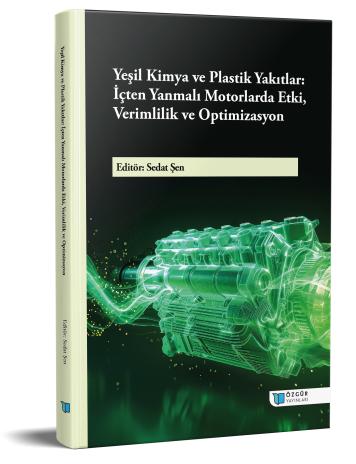
The Role and Potential of Waste Plastic Fuels in The Green Transition
Chapter from the book:
Şen,
S.
(ed.)
2025.
Green Chemistry and Plastic-Derived Fuels: Impact, Efficiency, and Optimization in Internal Combustion Engines.
Synopsis
This study examines the role and potential of waste plastic fuels in the green transition process. The global plastic production exceeding 300 million tons annually and the resulting waste plastic problem pose serious environmental threats. Utilizing waste plastics as an energy source offers significant opportunities for both waste management and renewable energy production. This chapter examines in detail the basic methods used in converting waste plastics into fuel, such as pyrolysis, gasification, and depolymerization. It has been demonstrated that waste plastics can be converted into fuel at rates of up to 99% through the pyrolysis method, and these fuels can be used in internal combustion engines. Within the scope of green transition, the contribution of waste plastic fuels to the circular economy, their role in reducing carbon emissions, and their compatibility with sustainable development goals have been evaluated. The evaluation of waste plastics and energy recovery studies within the scope of the Zero Waste Project in Turkey constitute an important part of the country's green transition strategy. However, there are technological, economic, and legal barriers to the widespread use of waste plastic fuels. This study presents technological innovations, policy recommendations, and research directions to enhance the role of waste plastic fuels in the green transition.

